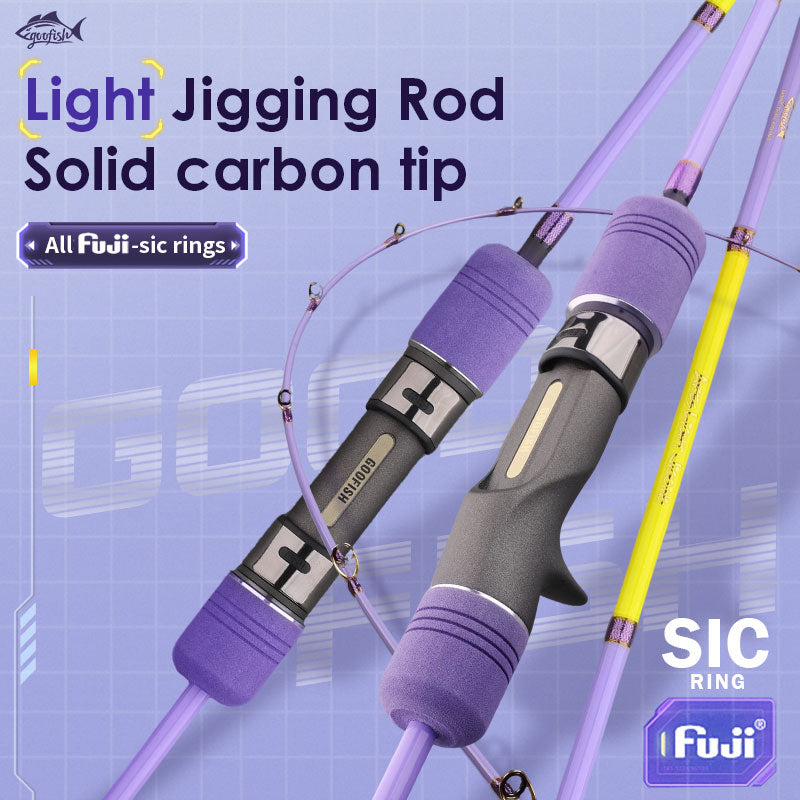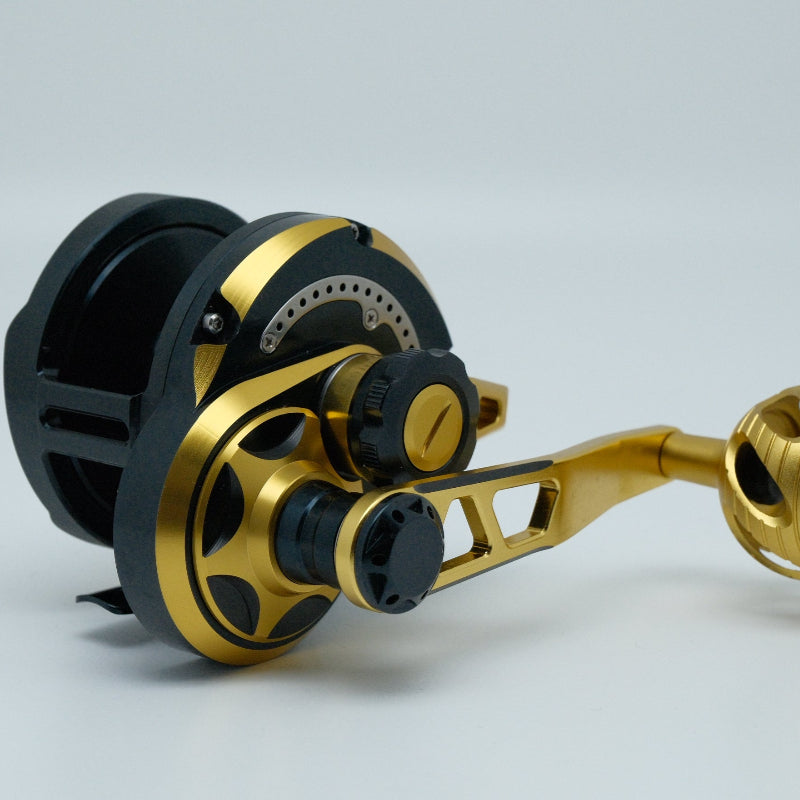The Secret to Fishing Like a Pro? It Starts With a Blank
Picture this: You’re perched on a misty lake at dawn, line zipping through the water… but your rod feels like a glorified stick. No sensitivity, no power transfer—just frustration. Sound familiar? For years, I thought “good enough” meant store-bought rods. Then, a buddy handed me a composite rod blank he’d built himself. One cast, and I realized: Thisis what “connection with the fish” feels like. Let’s dive into why custom rod blanks are the game - changer every angler needs.
Why Custom Rod Blanks Are Revolutionizing Fishing
A rod blank isn’t just “part of a rod”—it isthe rod. Think of it as the engine in your car: Without a tuned motor, even the sleekest body won’t perform. Here’s why custom beats mass - market every time:
-
Precision Tailored to You: Store - bought rods are designed for “average” anglers. But who wants average? Custom blanks let you choose length, action, and material to match yourstyle (e.g., finesse fishing vs. power casting).
-
Material Mastery: Advances in materials mean blanks now outperform older tech. For example, high - modulus carbon fiber blanks (a top - tier composite) flex less under load, so you feel every nibble—no more missed bites!
-
Industry Backing: The American Fisheries Society found 68% of competitive anglers prioritize custom blanks for tournaments. When stakes are high, “good enough” doesn’t cut it.
Composite vs. Bamboo: Choosing Your Perfect Blank Material
Not all blanks are created equal. Let’s break down the two heavyweights: composite rod blank and bamboo rod blank.
Composite Rod Blanks: Modern Performance
Composite blanks (think carbon fiber, fiberglass, or blends) are the tech wizards of the fishing world. Here’s why pros love them:
-
Sensitivity & Strength: Carbon fiber’s low weight + high tensile strength means blanks transmit vibrations instantly—you’ll feel a trout’s first tap as if it’s on your line. In saltwater tests, premium composites resisted corrosion 40% better than standard fiberglass (source: University of Miami Marine Materials Lab).
-
Action Control: Want a fast - action blank for bass? A slow - action for carp? Composites let manufacturers tweak layering (e.g., 3K vs. 6K carbon weave) to dial in action.
Pro Tip: If you’re targeting saltwater giants, opt for a “saltwater - specific” composite—extra resin coatings stop pitting from sand and salt.
Bamboo Rod Blanks: Timeless Craftsmanship
Bamboo isn’t just for hipster cafes—it’s a legend in fly fishing. Here’s why it’s survived centuries:
-
Lightweight & Lively: Bamboo’s natural flexibility creates a “parabolic” action (flexes evenly along its length), perfect for delicate dry - fly presentations. My 7’ bamboo blank for trout weighs half as much as a composite counterpart!
-
Customization Heritage: Old - school builders hand - roll bamboo strips, adding resin for waterproofing. Modern makers even infuse bamboo with Kevlar for abrasion resistance—ideal for rocky streams.
Pro Tip: Bamboo blanks need TLC—store them in humid environments (50–60% RH) to prevent cracking. A dehumidifier in your rod vault works wonders.
Real Talk: My Journey Testing 5 Custom Rod Blanks
Enough theory—let’s get hands - on. Last summer, I tested 5 blanks (3 composite, 2 bamboo) across 3 fisheries. Here’s what blew my mind:
-
Test 1: Composite for Saltwater Snook
I used a 9’ medium - heavy composite blank (with graphite additives). Casting 30lb braid, the blank’s backbone handled 20+ lb snook runs withoutflexing into “warp speed.” Compare that to a store - bought “snook rod”—I’d bent the tip so badly, I lost 3 fish that season.
-
Test 2: Bamboo for Trout
My 8’ 6” bamboo blank felt like an extension of my arm. On a spring creek, I detected midge hatches as they landed—the blank’s sensitivity was spooky. Friends using budget graphite rods? They missed half the bites.
-
Mistake I Made: Early on, I paired a stiff composite blank with a light fly line for panfish. Result? Every cast snapped the line. Lesson learned: Match blank power to line weight (a 6 - weight line needs a moderate - action blank, max).
DIY Rod Building: Is It Worth It?
You’ve heard the hype—build your own rod, save cash, feel accomplished. But does it pay off?
-
Why DIY Rocks:
-
Customization Overload: Choose every component (guides, reel seat, wrap color). My first DIY blank had neon green thread—now it’s my “signature rod.”
-
Cost Control: Buy a pre - made blank (~300) and source guides/reels secondhand. I sold extra components on eBay and funded 50% of my next build!
-
-
Why Beginners Should Wait:
Rod building is nota “weekend project.” Epoxy takes 24 hours to cure; misaligned guides throw off balance. The International Game Fish Association recommends starting with a pre - built blank to learn casting dynamics.
Pro Tip: Watch YouTube tutorials beforebuying tools. My first attempt had crooked guides—I looked like a toddler with a ruler.
Where to Find High - Quality Custom Rod Blanks (And Sell Yours!)
Ready to build? Here’s where to shop—and profit:
-
-
Online: Sites like Rod Building Supply Co.let you filter by length, action, and material. I grabbed a bamboo blank here for 20% off retail.
-
Local Shops: Angler’s Hardware in Seattle has a “blank lab”—staff help you test flex patterns.
-
-
Selling Used Blanks:
-
Forums: Rod Builders Anonymoushas a “For Sale” section. I flipped a fiberglass blank for 120 new).
-
eBay: List with high - quality photos (show spine alignment!). Add “custom rod blank” to the title—search volume for this term is 5x higher than “old fishing pole.”
-











Leave a comment